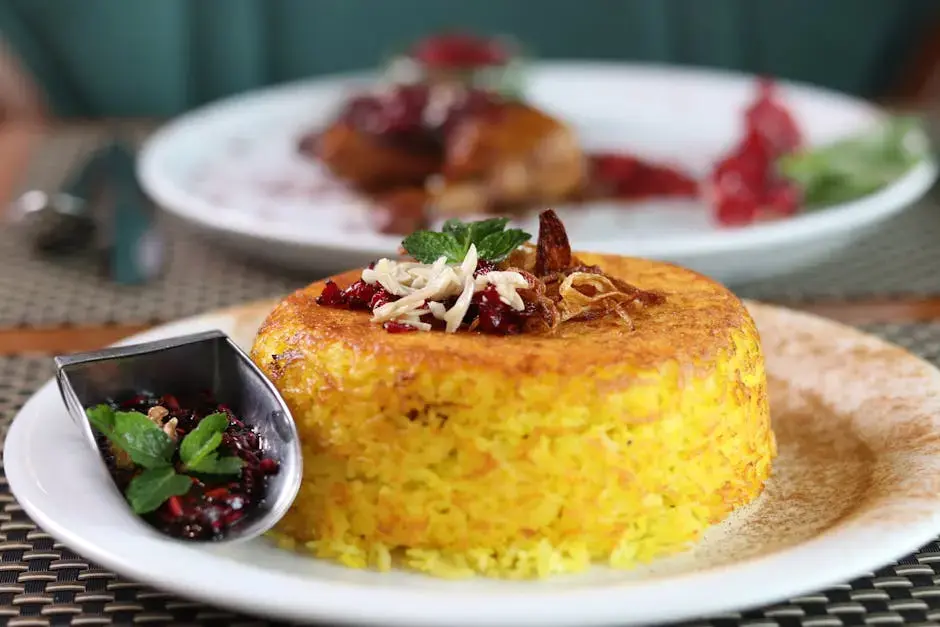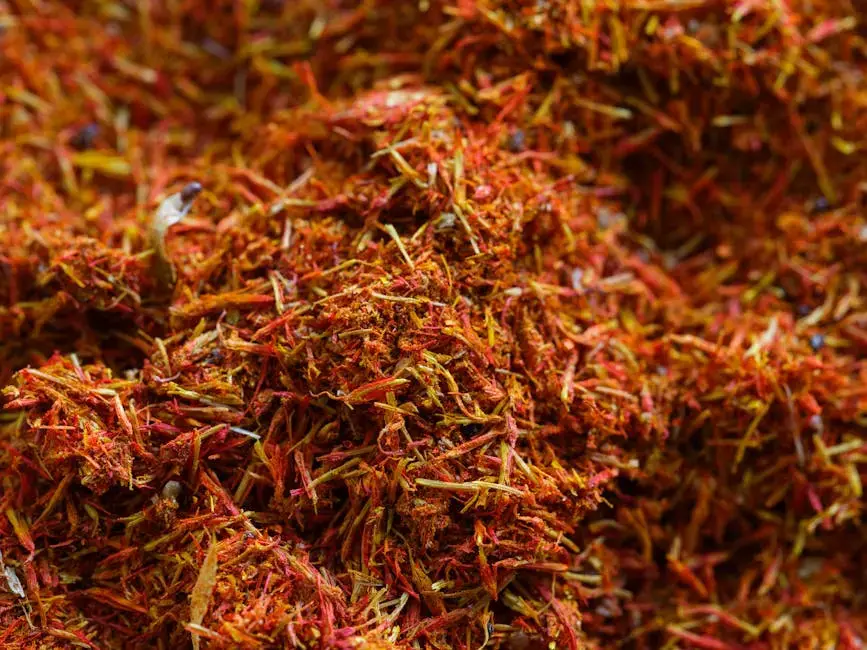How Do You Cook Healthy Persian Food at Home?
- Chelo
- Sep 14
- 3 min read
Cooking healthy Persian dishes at home can seem daunting, but with the right approach, it's both achievable and rewarding. This FAQ guide breaks down the process into simple steps, providing you with everything you need to make delicious and nutritious Persian meals in your own kitchen.

Understand the Essentials of Persian Cuisine
Persian cuisine is known for its aromatic herbs, spices, and wholesome ingredients. Familiarize yourself with staple components like saffron, turmeric, and fresh herbs to start your culinary journey.
The rich history of Persian cooking emphasizes balance between flavors and textures. Learning how ingredients like pomegranate, walnuts, and legumes are used can significantly enhance your cooking repertoire. These ingredients not only offer unique flavors but also add multiple layers of health benefits, from high antioxidants to essential vitamins and fibers, integral to Persian wellness traditions.
Select Fresh and Healthy Ingredients
Opt for fresh vegetables, lean meats, and natural herbs. Incorporate whole grains like brown rice or barley to add nutrition without compromising on taste.
When choosing ingredients, prioritize organic and seasonal products. Vegetables such as eggplant, spinach, and tomatoes are not only staples in Persian cuisine but also known for their health-boosting properties. By combining them with aromatic spices and herbs, you can achieve a dish that is light yet flavorful, fulfilling both your health and taste requirements.
Consider experimenting with plant-based proteins like lentils and chickpeas, which can serve as satiating meat alternatives. Not only are they versatile, but their naturally occurring fiber and protein make them an excellent choice for crafting vegetarian versions of traditional Persian favorites.
Modify Traditional Recipes for Healthier Options
You can alter classic recipes by using less oil, substituting unhealthy components, and adding more vegetables to create balanced, nutritious dishes.
For instance, in dishes traditionally rich in oils, such as khoresht, try using a light spray of oil or opt for non-stick cooking methods to reduce unnecessary fats. Consider using Greek yogurt as an alternative to cream to achieve a creamy texture with fewer calories.
Always approach the heritage recipes with creativity while keeping their essence intact. Use substitutes like quinoa instead of rice, making the dish gluten-free and raising its overall protein quotient. By managing portion sizes wisely and incorporating plenty of greens, you can keep the dishes inviting without the extra calories.
Embrace Cooking Techniques That Retain Nutrients
Steaming, grilling, and baking help preserve the natural flavors and nutrients of your ingredients, making your meals not only healthier but also more flavorful.
These methods also allow the spices to gently infuse your dishes, ensuring a robust depth of flavor that reflects traditional Persian cooking. When grilling, consider using leaner cuts of meat, which are suitable for maintaining muscle health and reducing saturated fat intake.
Try sous-vide for meats like lamb or chicken for even more delicate, juicy, and nutritious outcomes. This technique retains juices and natural flavors, ensuring that each bite is as satisfying as the traditional slow-cooked methods.
Infuse Your Dishes with Authentic Persian Flavors
Do not shy away from using traditional spices. Saffron, dried limes, and sumac can elevate your dishes, providing a genuine taste of Persian cuisine.
By incorporating unique spices like fenugreek or cardamom into your meals, you enrich the overall palette while adding health advantages such as digesting aids.
Balance your spices carefully to complement rather than overpower other ingredients. This balance allows for the distinctive combination of sweet, savory, and sour elements synonymous with Iranian dishes.
Bringing Persian Flavors to Your Table
Cooking healthy Persian food at home is a journey full of flavors and cultural richness. By focusing on fresh ingredients, adjusting traditional recipes, and embracing Persian flavors, you can create meals that are both delicious and healthful. Enjoy the experience of bringing the authentic taste of Persia into your kitchen.




Comments